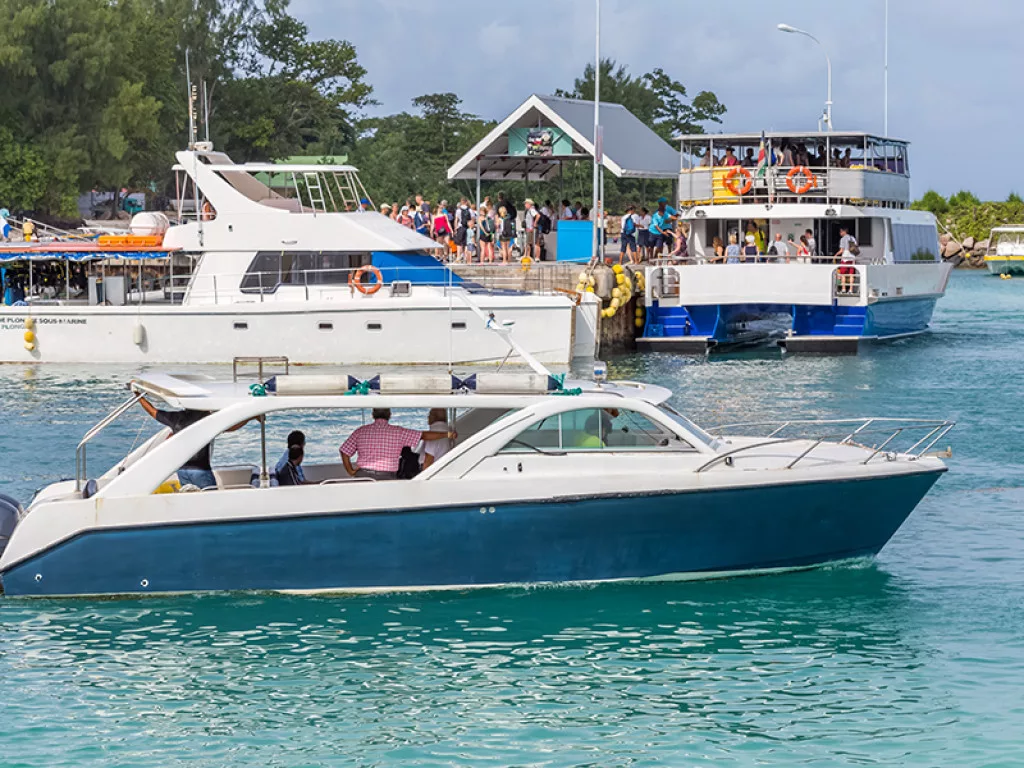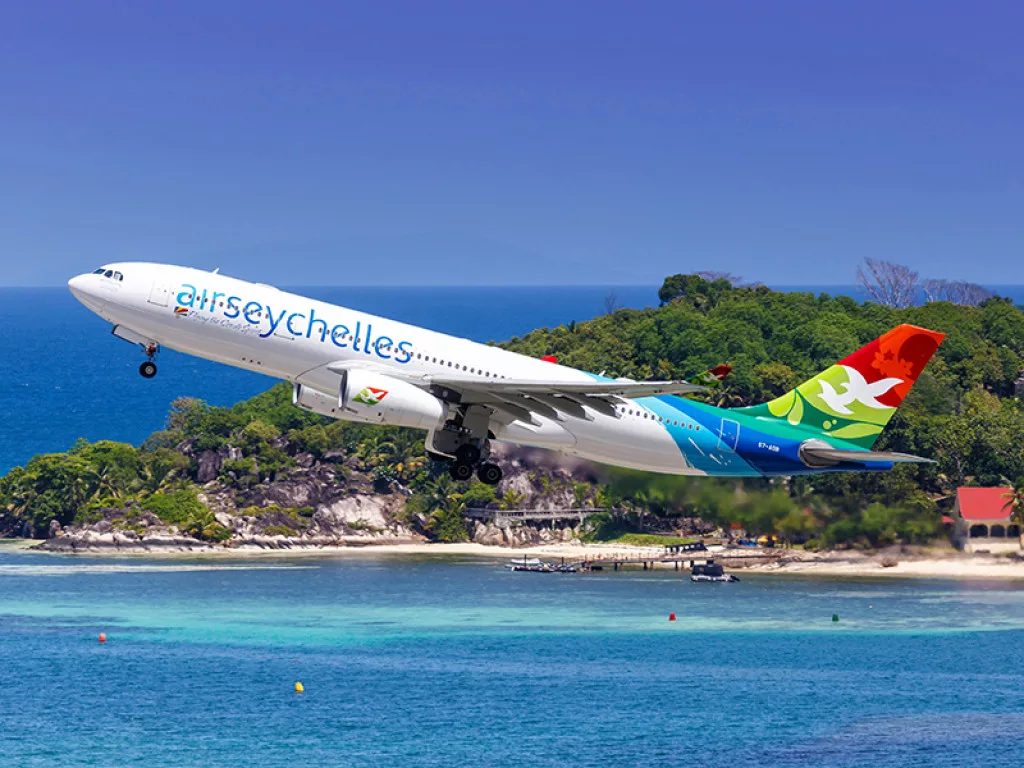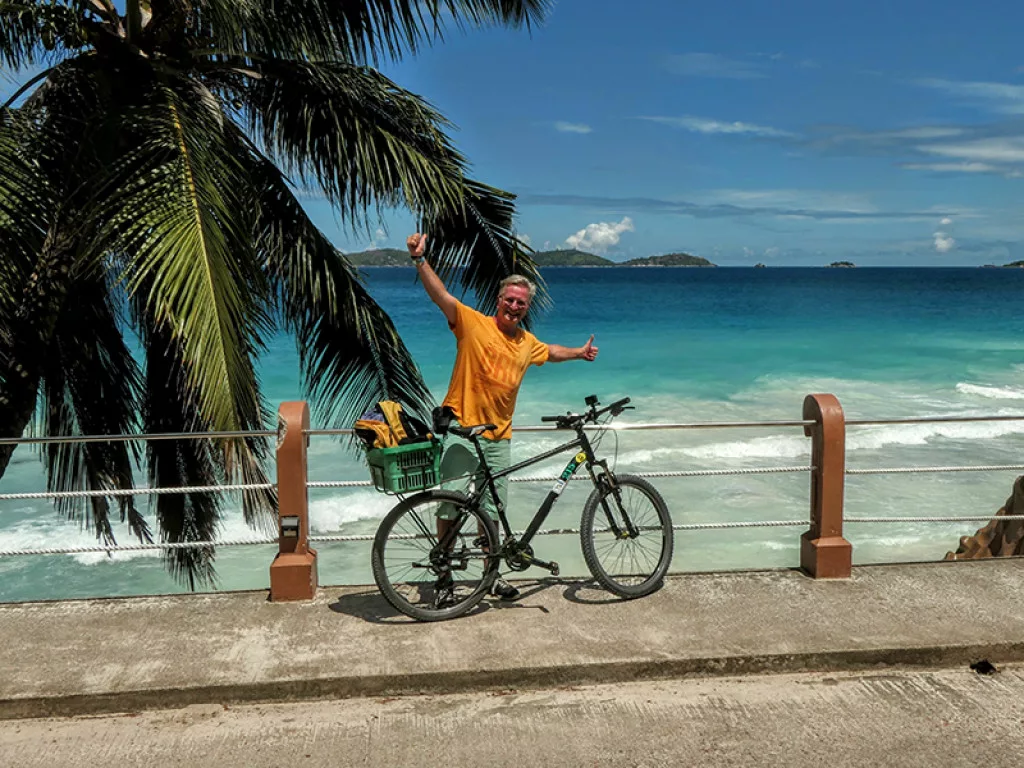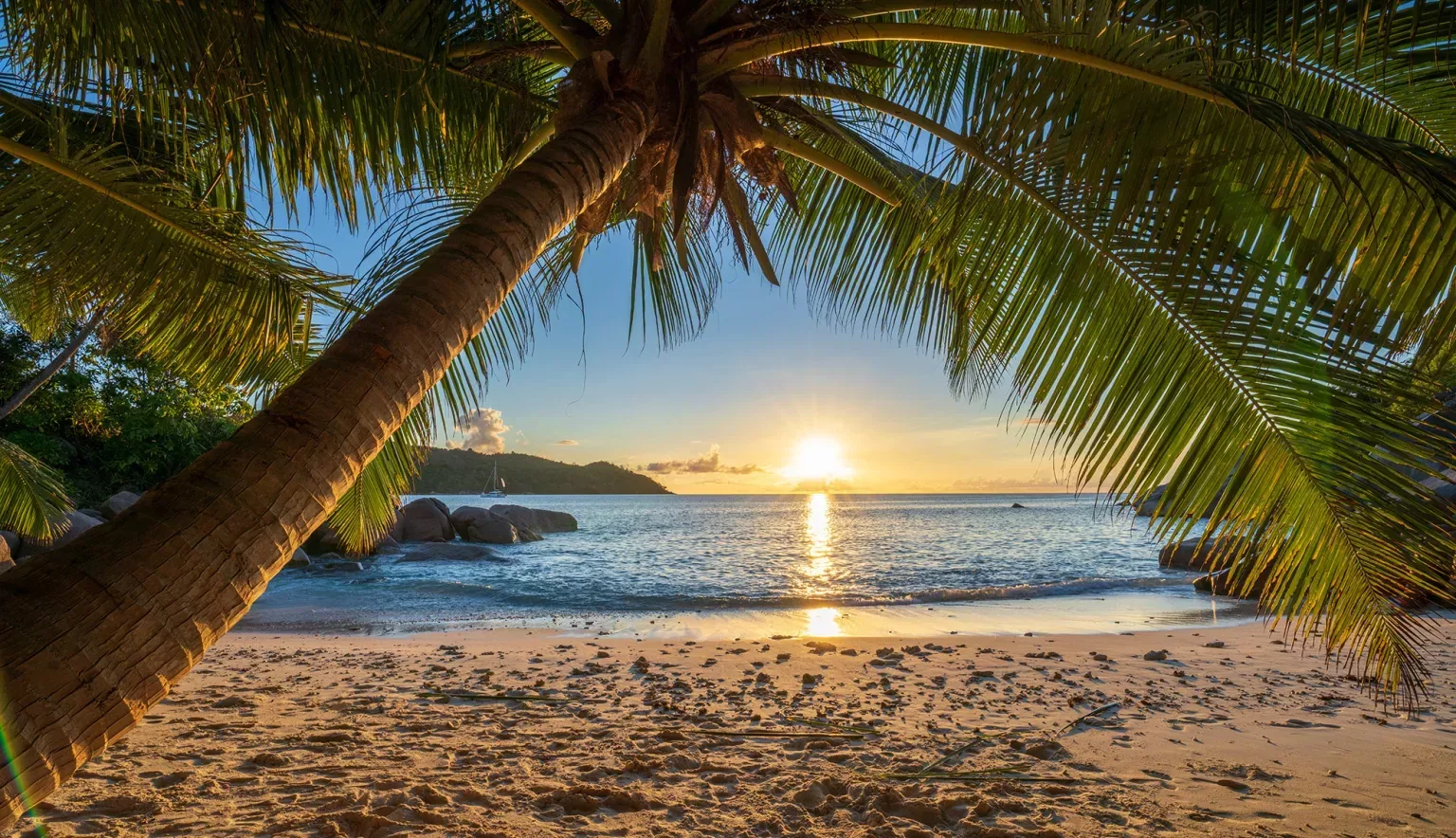Breathtaking palm-fringed beaches, myriad marine life and historic charm – revel in the natural wonders of the Seychelles, a true taste of the exotic.
SEYCHELLES
In the warm, glistening climes of the Indian Ocean, the Seychelles yearns for exploration.
That it is one of the world’s smallest countries, with a modest population of just under 100,000 people, only adds to the sense of intrigue, exclusivity, and longing for discovery. This idyllic archipelago, located around 1,000 miles east of Kenya, comprises 115 distinctive and charming tropical outposts, including the three major inner islands of Mahé, Praslin and La Digue. Mahé is the Seychelles’ largest island and cultural capital, alive with bustling markets, colonial-style mansions, and splendid national parks. Together, all three islands are a fabulous fusion of tropical forests and paradise beaches, where temperatures remain tropical but comfortable throughout the year reaching highs of mid-30 degrees Celsius.
Aside from sunbathing on sun-kissed sandy beaches, there are some 80 plant species to discover that are entirely unique to the Seychelles, such as screw pines, jellyfish trees, latanier palms, and more.
Most famous of all is the coco de mer, the national fruit of the Seychelles and the largest and heaviest seed in the world. It is the subject of various legends and lore, viewed in some parts as a rare and fascinating object with mythological and even magical properties.
The islands are home to two UNESCO World Heritage Sites (WHS), including the jaw-dropping Aldabra coral atoll, which coexists alongside a remarkably diverse array of marine life. Indeed, more than 900 species of fish have been identified in Seychellois waters, whilst impressive green sea turtles and giant tortoises also inhabit the islands. It is one of several nature preserves established to protect the Seychelles’ marked biodiversity, along with the Vallee De Mai National Park, the country’s second UNESCO WHS and the only place where all six of the Seychelles’ endemic palm species, including the coco de mer, can be found together.
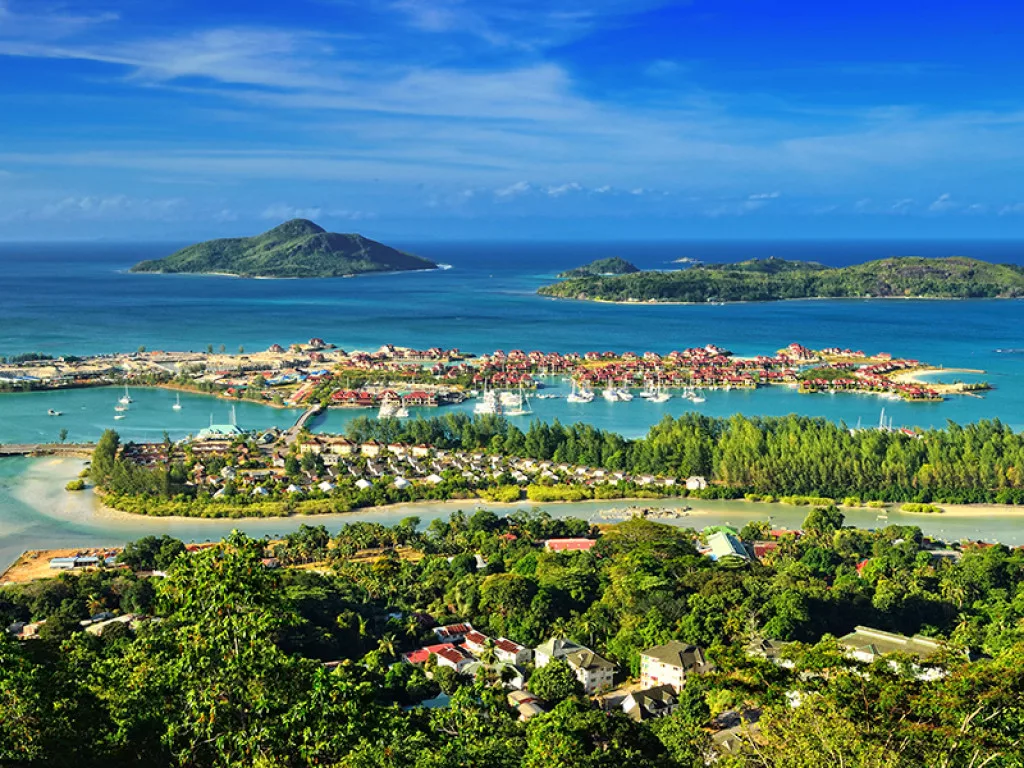
TOURISM INSIGHTS: TOURISM SEYCHELLES
Fresh from a recent rebrand, Tourism Seychelles is the official tourism department of the Seychelles that is catalysing and spearheading sustained tourism growth and development in the country. The department is committed to creating a conducive environment for authentic, dynamic, and sustainable tourism, an industry that is of utmost importance to the Seychellois economy. Bernadette Willemin, General Director for Destination Marketing at Tourism Seychelles, is optimistic about prospects for the country’s tourism industry and its ongoing recovery from the COVID-19 pandemic.
Q&A WITH BERNADETTE WILLEMIN, GENERAL DIRECTOR FOR DESTINATION MARKETING, TOURISM SEYCHELLES
Since we last spoke, how is tourism in the Seychelles recovering from the impact of the COVID-19 pandemic?
Bernadette Willemin, General Director for Destination Marketing (BW): Seychelles was at the forefront of COVID-19 immunisation in the African region. From June 2020 to March 2021, when the destination finally opened its doors to all visitors irrespective of their vaccination status, Seychelles manoeuvred its way through the pandemic by imposing a firm local sanitary protocol, making sure the health of residents and visitors wasn’t at risk while achieving economic recovery.
What are the greatest challenges now facing members of the Seychelles tourism industry?
BW: Like many countries, our biggest challenge now remains the political unrest between Russia and Ukraine. Our small destination is heavily dependent on imported goods, which impacts our cost of living and operations. Our partners are faced with the dilemma of increasing prices, and this can impact on our visitor arrival numbers or potential interest.
Have you noticed any changes in travel behaviours as a result of this time? What do you think will be the lasting impacts on the industry?
BW: The trends seem to be picking back to pre-pandemic levels. We have noticed that our arrival numbers are on the rise; in seven months our visitor arrival numbers have surpassed those for the entirety of 2021, and our forecasted figures show that we can expect the Seychelles to do better than the yearly arrivals forecast set in January 2022.
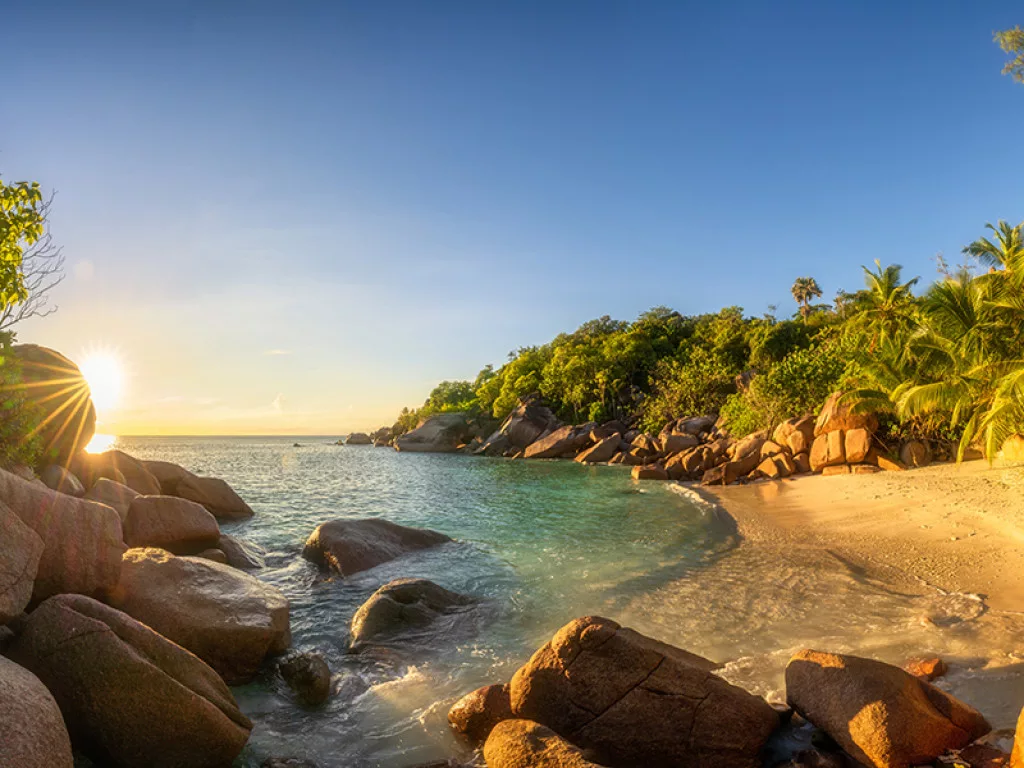
Are there any interesting upcoming events or occasions in the Seychelles that you would like to highlight?
BW: With all restrictions lifted, we are expecting this year’s Creole Festival to be one that visitors and locals will not forget.
Looking ahead, what are the department’s key priorities for the coming years?
BW: In order to strengthen our brand, the department is presently working on the diversification of our product offering. We are aiming to reinforce our presence on social media, growing our audience and using these platforms to highlight incredible stories that showcase the Seychelles experience. As we gradually shift our focus from traditional to digital media, we are also working on moving our traditional content creation to a more integrated marketing approach, whereby the department will invest more resources into curating great, inspirational content from travellers and consumers.
OUTLOOK RECOMMENDS
DO:
For star-studded gaming and gambling…
Immerse yourself in the glitz and glamour of Star Casino Seychelles, located in the Eden Plaza and just a five-minute drive from downtown Victoria. The casino offers a wide variety of live table games including roulette, blackjack, punto banco, and several varieties of poker, as well as more than 150 of the latest exciting electric slot machines, the largest selection in the Indian Ocean. Customers are also kept entertained during the week by a number of different events and promotions, such as live bands and DJs, karaoke, and lotto draws. Complete with food buffets and bars, visitors are treated like stars and given the experience of a night-time. Play Star and play safe!
For the ultimate shopping destination…
For trusted travel expertise…
SLEEP:
For a world of natural luxury…
Situated on two of the most beautiful beaches on the island of Mahé, enjoy spacious contemporary accommodation surrounded by lush tropical landscapes and scintillating lagoons at Constance Ephelia. An oasis of regeneration and beauty, experience blissful spas, chic restaurants, outdoor sport and leisure activities, and famous diving sites close to the hotel.
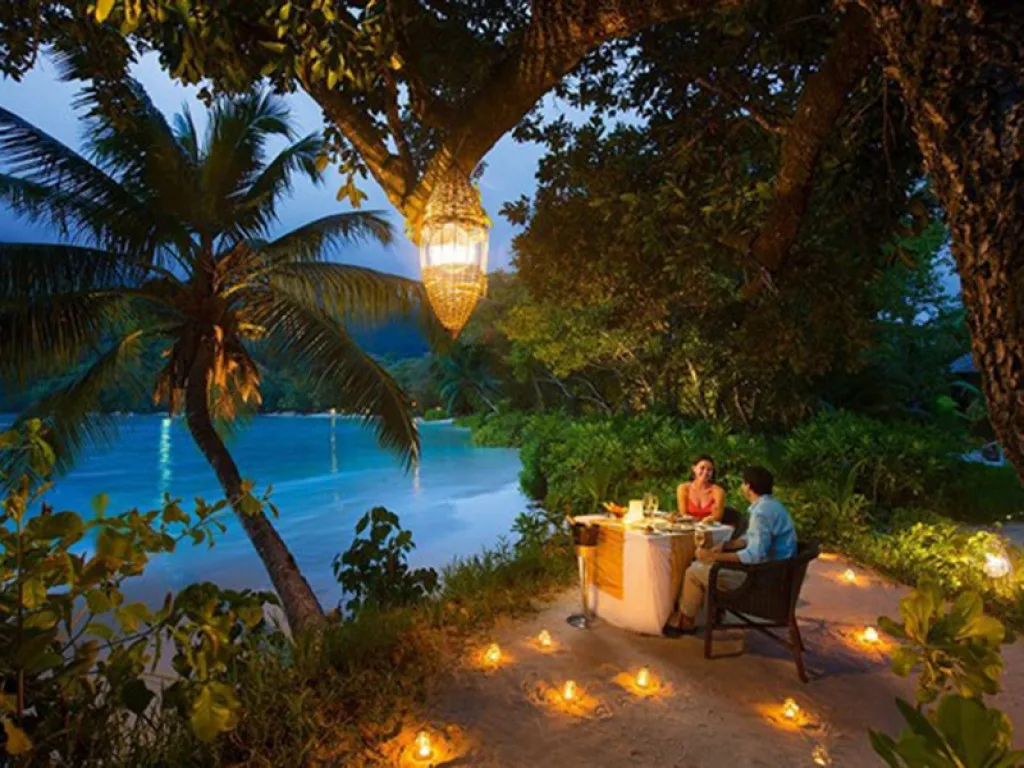
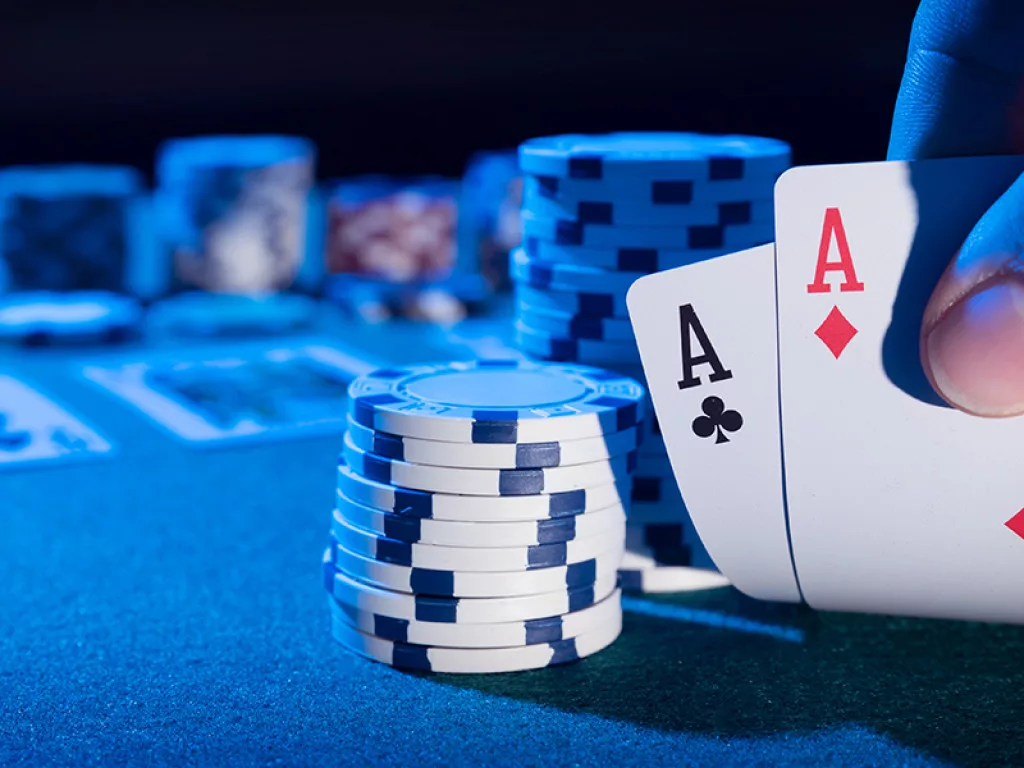
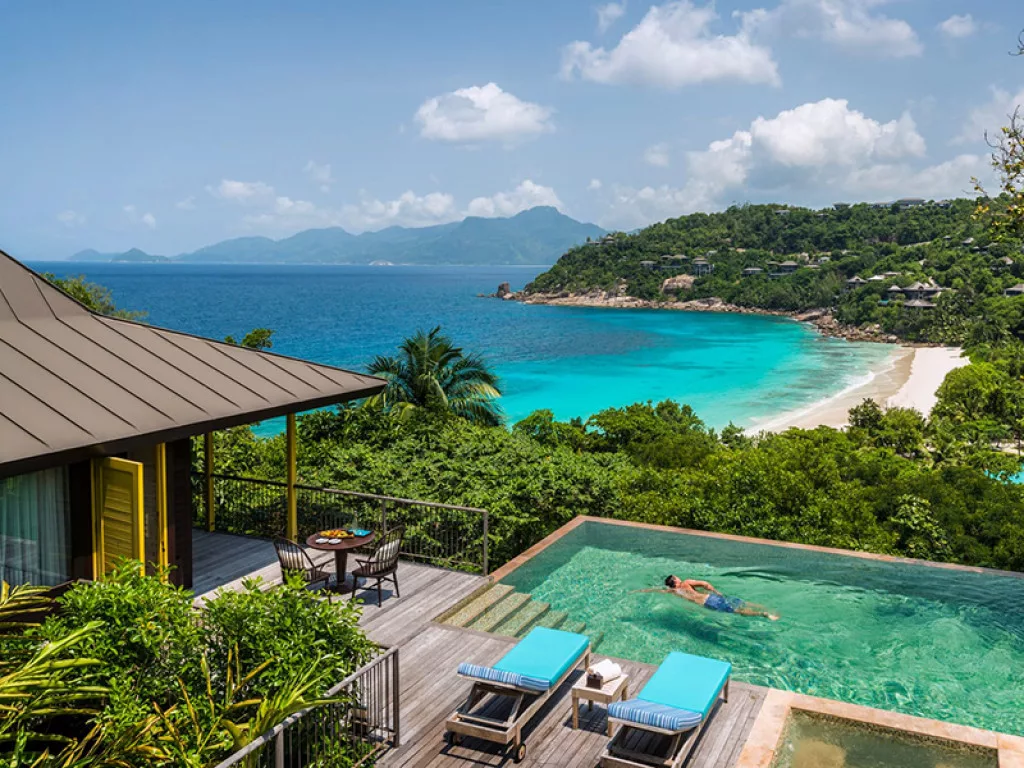
MAHÉ IN FOCUS
Mahé is a real hive of activity, that embodies the colourful spirit of both the Seychelles and the striking oblique bands of its national flag
The archipelago’s largest island, Mahé is home to the capital city, Victoria, and 90 percent of the entire Seychellois population.
The dense virgin forests of this tourism infrastructure hub cascade down magnificent mountainsides to more than 60 pristine beaches, an inviting blank canvas of white sands where often the only footsteps you will find are your own.
With an international airport and bustling harbour, Mahé is the Seychelles’ commercial centre. Much of the island’s vibrant consumer buzz, retail outlets and tourism facilities are concentrated towards the north, poetically juxtaposed against eloquent, picturesque villages in the south which propose life at a quainter pace.
Equally, Mahé has a rich heritage embodied by its Creole character and delightful nooks and crannies, with local souvenirs sure to be found at the island’s two cathedrals, diverse botanical gardens, and esplanade.
Despite its timeless historic charm, the likes of Eden Island just off the east coast of Mahé possess modern yet discreet infrastructure to accommodate elegant marinas and malls, casinos, a selection of bars and restaurants, and a thriving nightlife.
Offering a wide choice of accommodation options, from luxurious international five-star resorts and bouquet hotels to well-appointed villas and attractive guesthouses, visitors to Mahé are far from short of idyllic places to stay that offer fantastic value for money.
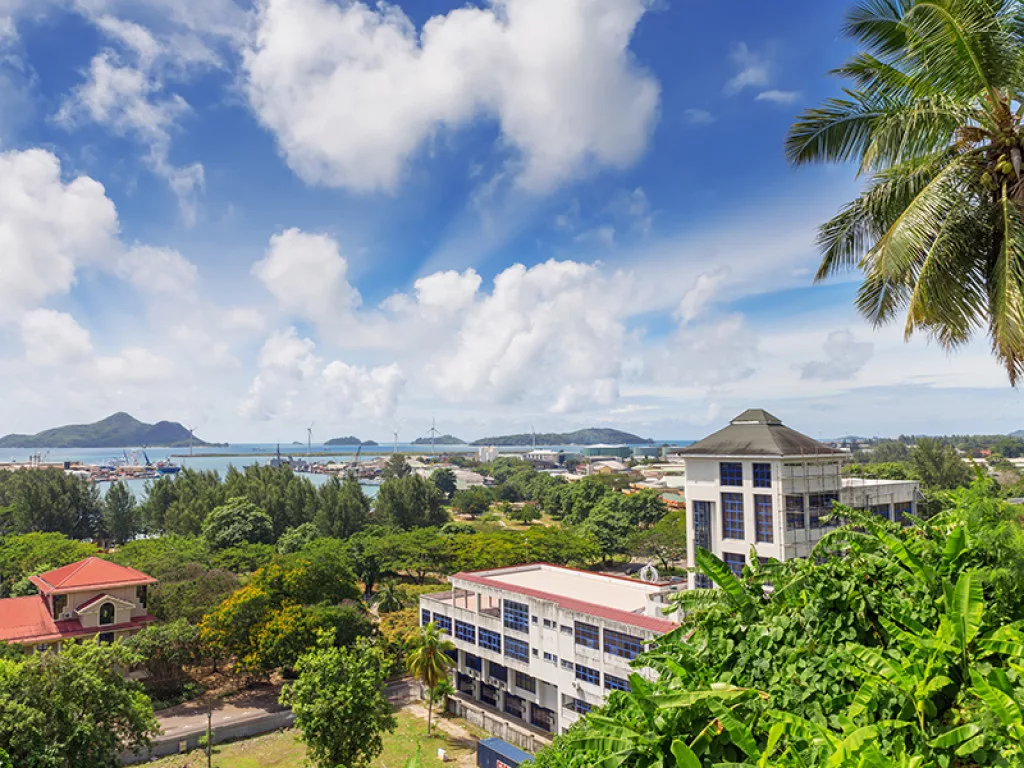
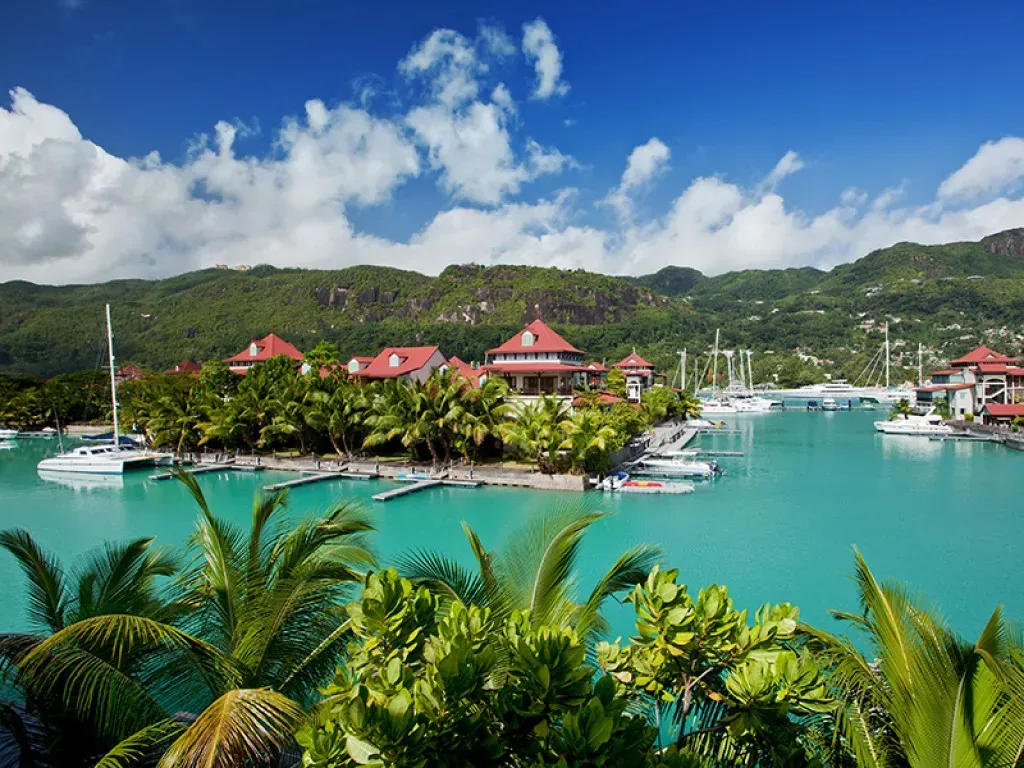
LANDMARK ATTRACTIONS
Victoria Clock Tower
One of the Seychelles’ most iconic features, this popular landmark is a prominent feature of the capital. It was erected more than a century ago in 1901 to commemorate the death of Queen Victoria, and whilst surrounding buildings have modernised over time, the clock tower has remained a virtually unchanged timestamp of the Seychelles’ historic past.
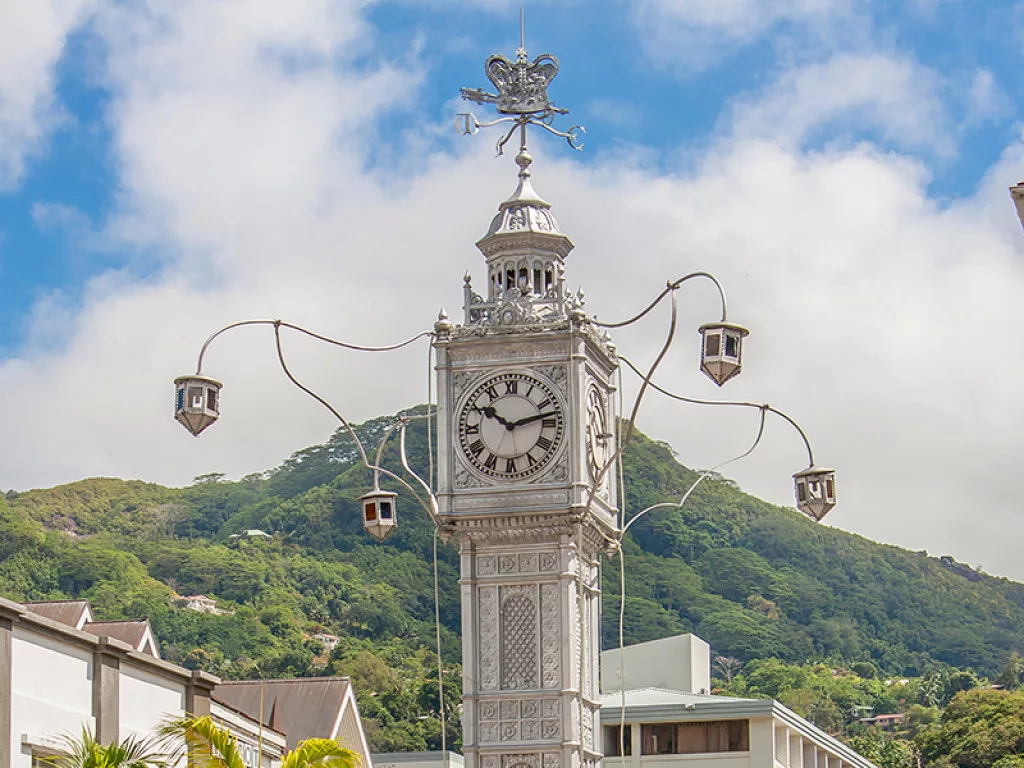
Saint Anne Marine National Park
This prized scuba diving and snorkelling hotspot is situated around 20 minutes by boat from the island of Mahé. The park, originally created in 1973 for the purposes of wildlife preservation, is the oldest marine reserve in the Seychelles. Set amid dazzling turquoise waters, it comprises eight small islands and is blessed with magnificent coral reefs and tropical fish.
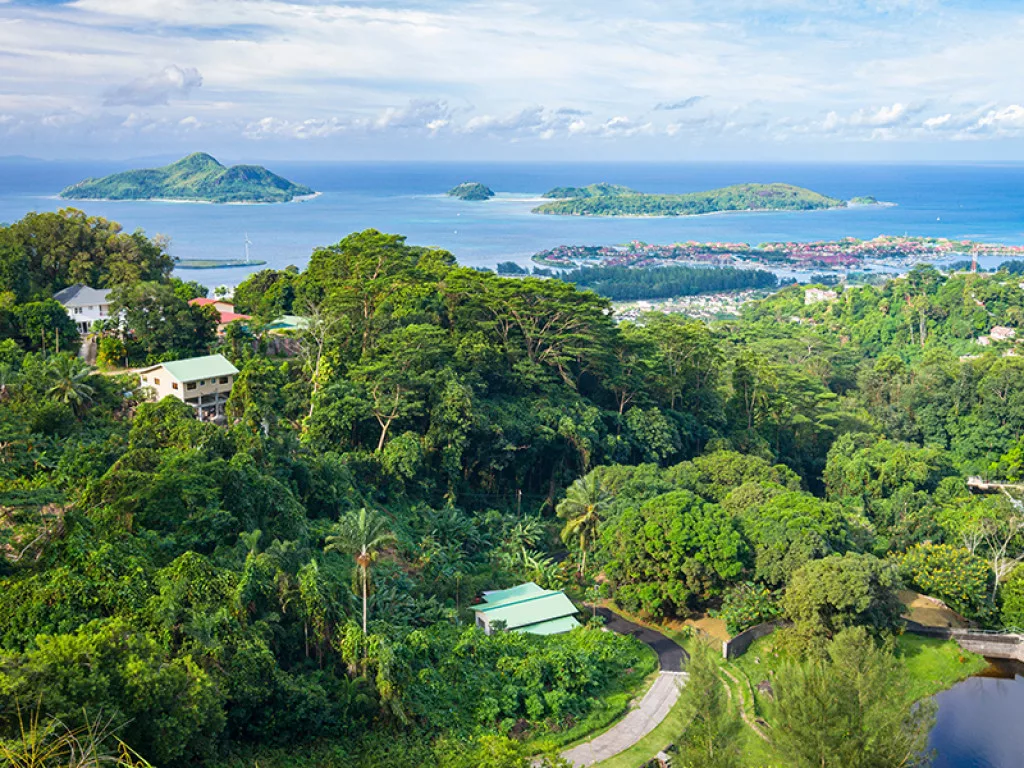
The Praslin Museum
Get a glimpse of the tradition, culture, and cuisine of Praslin at the island’s very first museum, located close to Cote D’Or beach. It is a unique, must-visit attraction for visitors, who can experience a variety of interesting activities from feeding fruit bats to peeling coconuts. As well as boasting a garden of medicinal plants, museum-goers will be able to spot the rich abundance of wildlife close to the exhibit.
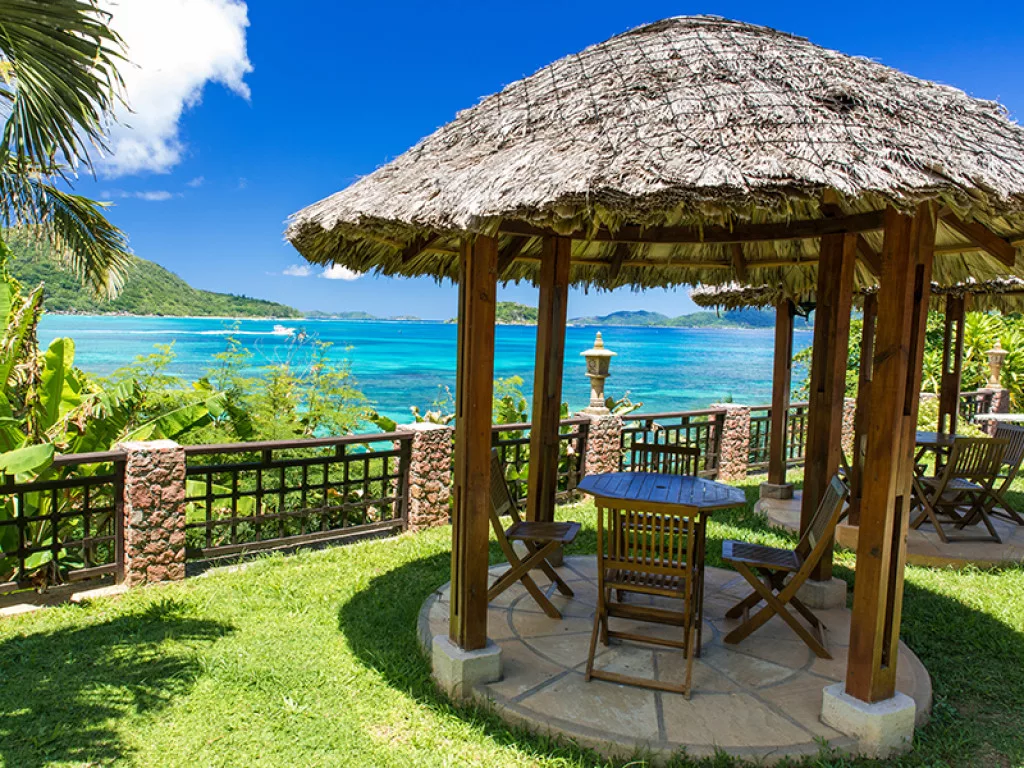
GETTING THERE AND AROUND
Planning a visit to the Seychelles? The chances are that you will want to visit more than just one of the country’s multiple islands.
Scattered across an impressive 1.4 million square kilometres, the islands are each defined by their own distinct character and personality. Knowing how to reach these islands, as well as how to navigate between them, is therefore imperative for a well-planned island-hopping trip.
Almost all visitors flying to the Seychelles will arrive at Mahé International Airport. Daily ferry connections from Mahé can be caught to the other two main islands of La Digue and Praslin, the latter of which also benefits from an inter-island flight connection courtesy of Air Seychelles. It is advisable to book ferry tickets in advance, as connections can vary and change quickly.
Mahé and Praslin are best to get around by rental car, with public buses and taxis both viable alternatives thanks to the well-maintained road networks on the two islands.
On La Digue, meanwhile, bikes are the transport mode of choice. This tropical biking paradise prides itself on using the bicycle as its main form of travel, and it is very much part of the La Digue way of life. Indeed, there are only 60 cars on this entire island of 3,000 people. Partake in this local tradition by renting bikes to explore the island!
